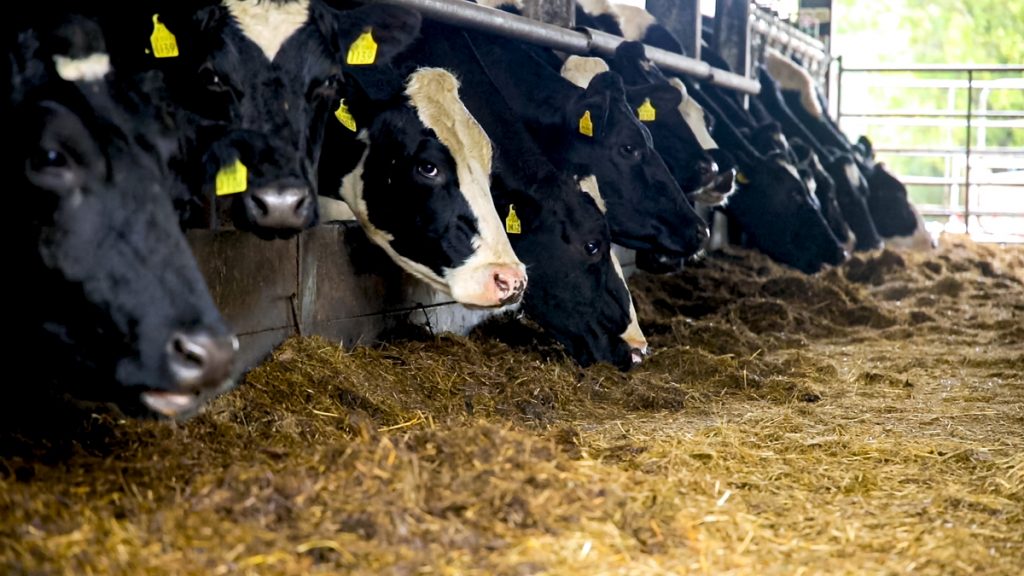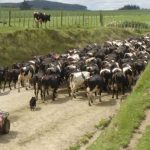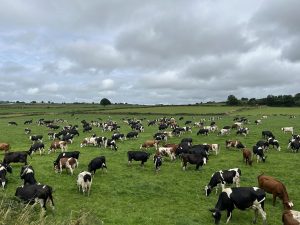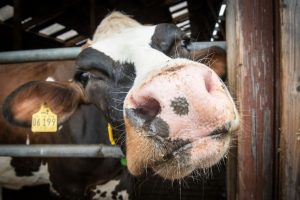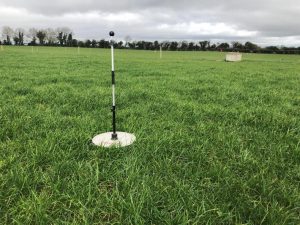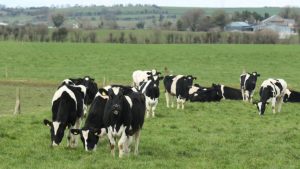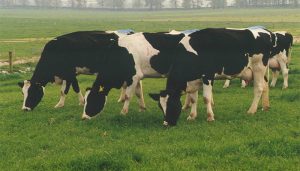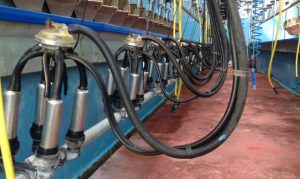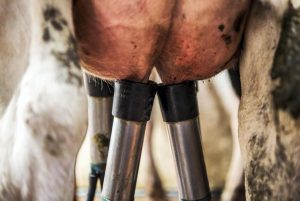
Due to current field conditions, the country is expected to accumulate lower milk output in 2024, according to Scheper.
Scheper spoke to Agriland at the Bord Bia Dairy Markets Seminar today (Tuesday, April 16) in the Kilashee Hotel, Naas, Co. Kildare.
He said that the situation will be the same for north-west Europe, which accounts for 39% of total milk supply growth since 2010.
Looking at the long-term perspective, the market outlook will depend on nitrogen derogation limits.
“There are lots of discussions on that and water quality, so I do think that is going to be a pivotal point,” Scheper said.
EU market outlook
Looking across Europe, Scheper told the Bord Bia seminar that EU milk supply peaked in 2020 and has been at a “standstill” ever since.
This is due to a combination of factors, including labour issues, along with severe weather conditions from flooding to drought, according to Scheper.
Looking ahead to 2035 and taking into account the current standstill, Scheper said that there is an expected decline the dairy herd by 1.6% annually.
The most significant decline is expected in the Netherlands.
For Ireland in particular, milk supply is expected to stabilise at the current nine million tonnes.
Scheper said that people should “be aware” that after a period of rising interest rates and escalating costs, “capital challenges” have become more evident.
“For dairy companies, the significant loss in milk volumes could over time have a meaningful impact on their capital structure and balance sheet, such as the asset and equity value,” Scheper said.
He added that in order to ease the situation in dairy markets, “more consistent policies” are needed.
You can now read the most important #news on #eDairyNews #Whatsapp channels!!!
🇺🇸 eDairy News INGLÊS: https://whatsapp.com/channel/0029VaKsjzGDTkJyIN6hcP1K
